Never before has a game blown me away and left me feeling as incredibly frustrated as Black Myth: Goku. It is, without a doubt, one of the most ambitious and impressive action games I’ve ever played. Its graphics are stunningly beautiful; its combat is screaming; it’s extremely challenging, but the satisfaction of overcoming the challenge is worth all the effort you put into it; and its unique setting, rooted in rich Chinese culture, is refreshing …… These are just a few of the many things that make it great.
But despite this, it often feels like it’s holding on hard and not falling apart. Despite having a top-notch PC setup with a GeForce RTX 4090 graphics card, I’ve encountered several instances of the game flashing back on my PC (the PS5 version was not available for this review); there have been times when I’ve been about to defeat a powerful boss only to have it suddenly moulded under the ground and die in the void; sometimes NPCs suddenly switch from English to Chinese in mid-sentence, and even more so, sometimes the voice audio will simply disappear, leaving me with the feeling that I’ve just lost the game. Sometimes NPCs would switch from English to Chinese in the middle of a sentence, and even worse, the audio would simply disappear, leaving me in the middle of an important animation sequence. It’s a bumpy rollercoaster ride, and there were a few moments along the way that didn’t sit well with me, but overall, it’s a great adventure that’s worth enduring the bumps.

Black Myth: The Wukong is loosely based on the back catalogue of Wu Cheng’en’s classic novel Journey to the West, and my knowledge of the book is limited to the ‘magical adaptations’ of Dragon Ball and Enslaved: Journey to the West. This cursory knowledge didn’t help much, as the story told by GameScience is full of homages and references to the novel’s characters and plots, but doesn’t go into much detail about who the Monkey King is, or what experiences he had in Journey to the West. I had to go online and look up information in order to understand who InuYasha was, his connection to the Wukong, and the significance of certain encounters, otherwise I would have been completely lost at some point.
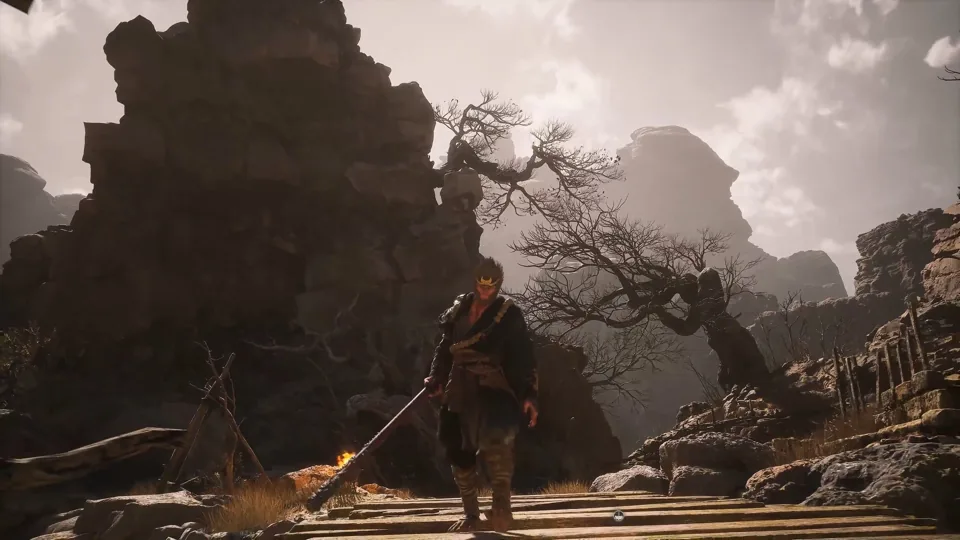
You play as the ‘Man of Destiny’, a monkey who wakes up one morning and decides to embark on a roughly 40-hour journey to find six relics of Goku. While the narrative is usually rather choppy — largely because the main character is a mute and the supporting cast doesn’t get enough screentime to shape up — each of the six individual chapters ends with an incredibly beautifully animated short film that tells the chapter’s main villain’s of the short story. Each short uses a completely different art style, with one looking like an illustrated book, one using stop-motion animation, and another in an anime style. Each one was beautiful and poignant, and made me wish the main storyline had struck me in a similar way.
At first I thought Black Myth: Goku was a ‘Souls-like’ game, as it’s archive point system, the energy bar that determines how many moves you can use, and the dodging-based combat style are all quite ‘Souls-like’. But in reality, Black Myth: Goku is closer to a traditional action game, such as the one made by Angel Hunt developer Platinum Studios, than it is to a FromSoftware game.

Most ‘Souls-like’ conventions are absent – there are no penalties for dying other than having to resurrect at the nearest archive point, and there’s no need to run corpses to pick up things; it’s not like you’re using the same currency to boost attribute values, buy items, and enhance your equipment; and while you need to think about equipment and attribute values, for the most part you just need to replace the old equipment with the new one replace the old equipment, rather than thinking about which defences or weapons to keep and strengthen.
While I’m a huge ‘Souls-like’ fan, dropping these mechanics seems like the right choice for what Black Myth: Goku is trying to achieve. It’s a much more forgiving game, more focused on immersing the player in combat rather than scrutinising menus or running around picking up dropped currency after reviving, and Black Myth: Goku is a better and more unique game for it.

But to be clear, just because I say it’s more ‘forgiving’ doesn’t mean it’s easier than Soulcalibur. In fact, I encountered more difficulty in Black Myth: Goku’s toughest challenges than I did in Elden Phalanx: The Spectre of the Golden Tree (yes, there’s no difficulty option for this game). But at the same time, these challenges never felt unfair, and the process of overcoming those difficult bosses was always a satisfying combination of learning the boss’s attack patterns, figuring out where I could steal the most swords, and maximising the use of my chosen skills by adjusting my loadout appropriately.
Black Myth: Goku’s combat is clean and elegant, thanks in part to a variety of fun props. To be victorious in battle, you need to not only respond quickly but also manage your resources carefully, and in battle, your primary resource is ‘stick power’. You can build up your stick power when you hit an enemy or make a perfect dodge, and when the stick power slot is full, you’ll get a stick power point.
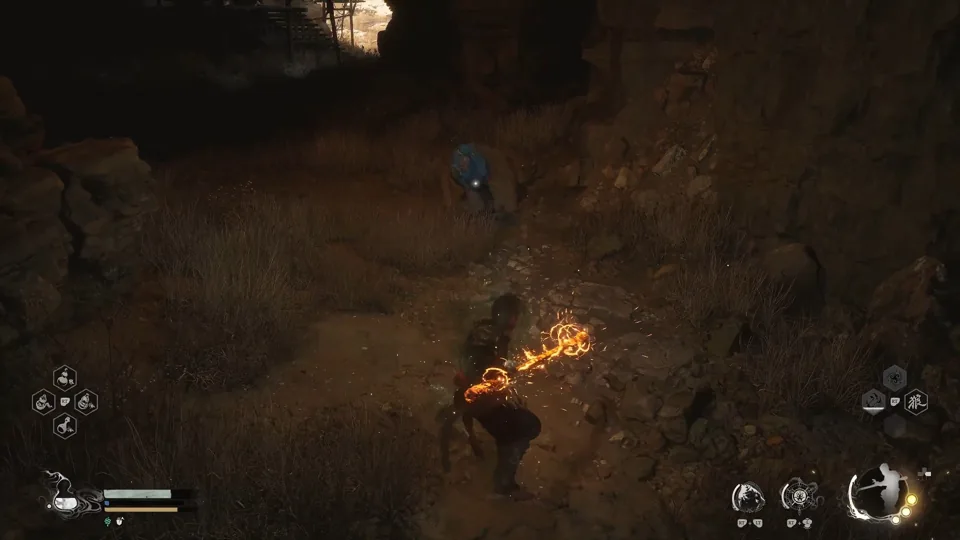
Stick points can be used in two ways: you can spend them in the middle of a light attack sequence to use a ‘cutter’, a special derived attack, or you can use a heavy attack alone (that uses up stick points) to deliver a powerful blow, which can be further strengthened if you use up two, three, or even four stick points in one go.
You can also use a small number of spells, the release of which consumes mana. These spells are diverse enough to come in handy in many scenarios. For example, ‘Fixation’ can immobilise the enemy for a certain period of time, creating an opportunity for you to attack, and if you take this opportunity to hit a hard straight, you can carry out a longer output; while ‘Gathering Forms and Dispersing Qi’ allows you to cloak your form and leave a diversionary bait in place, so that you can disengage from the battle, recover your blood level, and then catch your enemy off-guard, and the cloak-breaking blow comes with a blitzkrieg.

‘Copper Head and Iron Arm turns you into a statue for a short period of time, during which you can bounce off enemy attacks and provide you with a chance to counterattack; An Body Method creates a barrier around you, which repels enemies and restores a certain amount of blood to you when you release it, and is enhanced by the effect of Hulu Wine (which restores your blood and provides an extra Buff); and my favourite, Out-of-Body Method creates a group of doppelgangers, allowing you and your doppelgangers to surround enemies. My favourite technique is ‘Out-of-Body’, which creates a group of doppelgangers and lets you and your doppelgangers surround the enemy together.
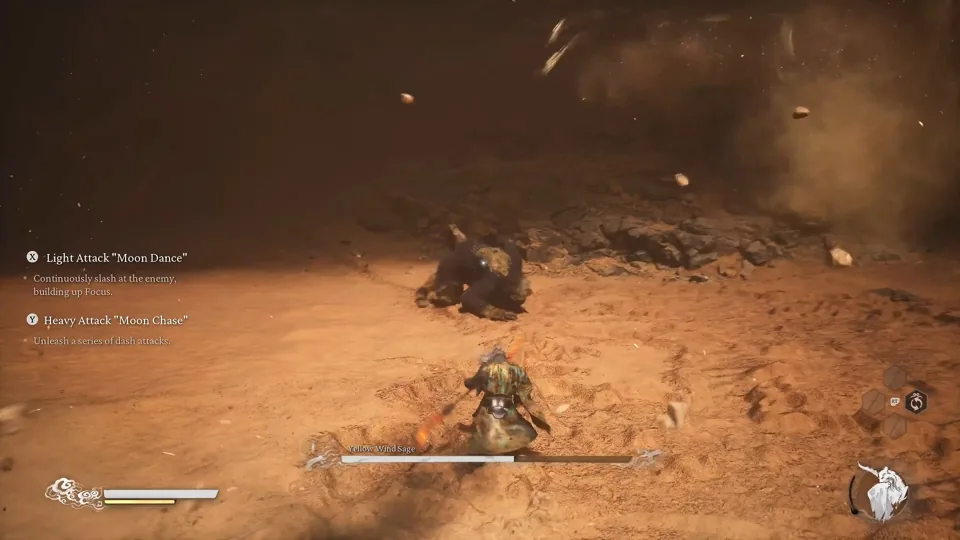
On top of that, you have the ‘Transformation’ ability, which allows you to turn into powerful creatures you’ve already defeated. What’s particularly cool about these transformations is that they don’t consume mana (but do have a long CD), and they turn you into a completely different character, giving you access to a whole new moveset and special stick-consuming moves and other abilities.
For example, one of the first bosses you encounter in the game is a wolf wielding a flaming two-headed sword with a lightning-fast dash attack. After defeating him, you’ll gain access to his transformation, which allows you to use his dash attack, and after you’ve saved up enough stick power, you’ll even be able to use a powerful jump attack that will set enemies on fire, causing them to take constant damage.
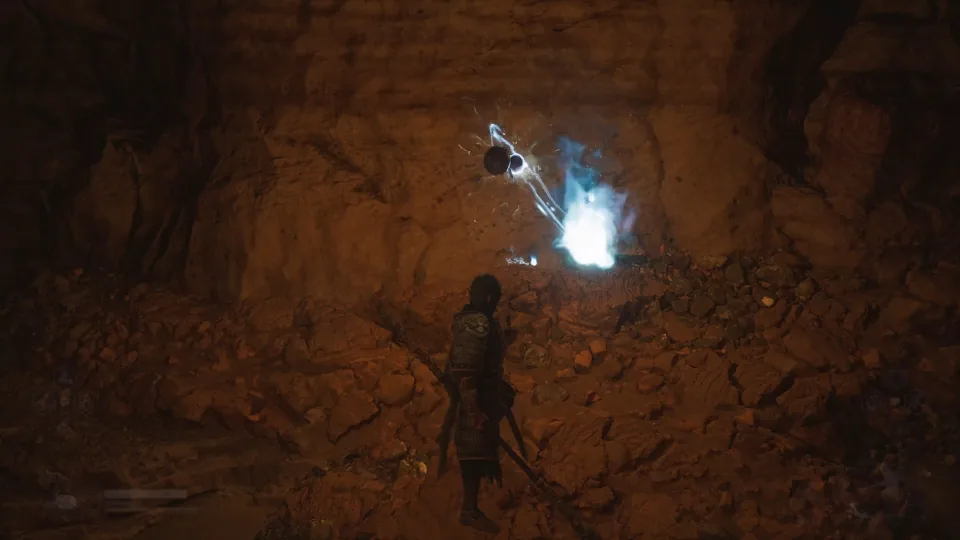
Finally, there’s the ‘Incarnation Technique’, which you can obtain after defeating certain elite enemies and sucking their essence into a gourd. Incarnation techniques are temporary transformations that can only be used once, and they also have a fairly long CD, but they also have useful effects, such as dealing extra toughness with the Spectre’s headbutt attack after you’ve fixed an enemy. Incarnation techniques can be upgraded, which keeps even pre-acquired incarnations from losing value in the mid to late game.
Black Myth: Goku offers a fantastic pool of skills, especially when combined with those amazing boss battles, and the frequency with which these moves make an appearance is clearly well thought out; I was never overwhelmed by the sudden pile of extra stuff to master. Don’t get me wrong, Destiny Man’s instincts are excellent, and you’ll be absolutely overwhelmed by the sheer power of controlling him – just swinging a 50-foot club over an enemy’s head is a blast, even without the use of a multitude of spells or transformations – but with the difficulty of regaining mana, spells are still a great way to get the most out of the game, and it’s hard to get the most out of the game. But since mana is hard to regain, spells must be used sparingly.

This is where the resource management element of the battle comes into play: I have to carefully consider which spells are worth the mana cost, whether I should save them for the more difficult second phase of the boss battle, and whether I can actually capitalise on the opportunity it creates if I use the spell.
For example, even though Out of Body is my strongest spell, due to its extremely high mana cost, I often need to time it so that I don’t get AOE’d right out of it before it can do its job. Sometimes, when I’m stuck with a boss, all I need to do to adjust is change the way I use my skills, and it’s incredibly satisfying every time I figure out a new strategy that works.
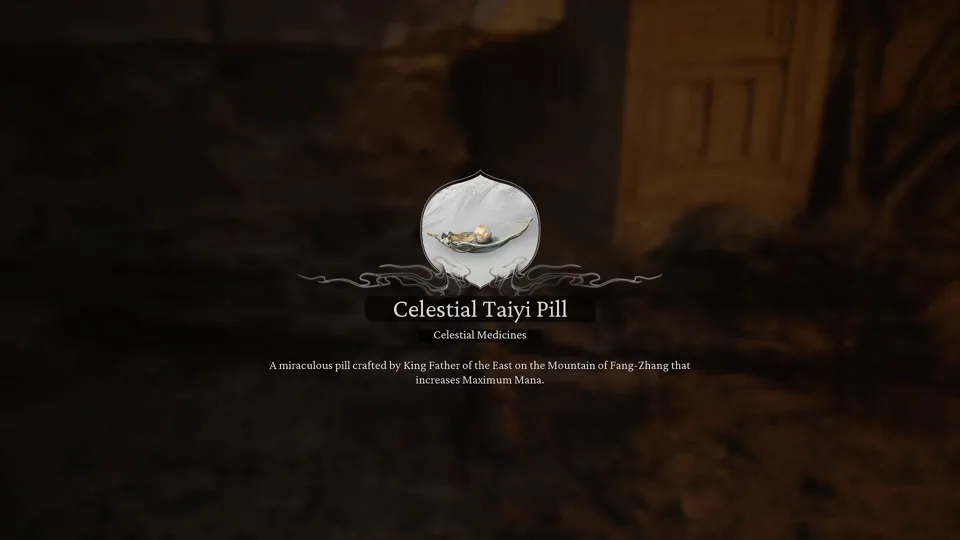
While the boss battles are where Black Myth: Goku shines the most, there’s quite a variety of enemies in the usual fights.
The level structure is ‘wide linear’ in nature, usually with a clear main path guiding the player to each of the archive points, but there are also plenty of side paths with hidden goodies.
The rewards for exploring are quite generous, and I’ve found rare materials that can be used to craft new weapons or defences; elite monsters that provide new ‘Incarnation Techniques’; ‘Rare Game’ equipment that can be further enhanced with Builds; and treasure chests that may permanently boost blood, mana, or energy, which makes me feel like I’ve made the journey worthwhile after each quest.

On top of that, there are some hidden bosses, some important props that I haven’t figured out the purpose of yet, and a ton of other interesting things to discover, so it’s definitely worth it to explore the trails and pay close attention to the environments. One of the big reasons for this is that Black Myth: Goku is one of the most beautiful games I’ve ever played, and every scene is full of detail, from the cracked bark on top of the trees in the woods to the snow that deforms in real time as the Divine Destiny man drags his club around and runs.
Not only that, but the physical animations are also wonderfully done, with loads of awesome little details, such as when locking onto an enemy, the Celestial Destiny will reorientate his body with a small jumping step, and his footsteps will turn into a horizontal move around the enemy, rather than simply twisting his head but still running forward with his feet. The music and sound effects are great too, with the drums and bravado of the battle theme song having an epic feel to it, and the melodic sounds of flutes and chimes adding a sense of wonder and mystery to the quest.

That said, it would have been nice if this game made a map. The locations you explore in Black Myth: Goku are all undoubtedly beautiful, but they’re just so big and have so many secrets hidden within them that it’s a bit of a stretch not to provide some sort of navigation, especially in chapters two and three. Add to that the fact that it’s hard to tell which obstacles to climb and where there are invisible walls in the scenes, and it makes exploration quite tedious. Luckily the rewards for exploration are quite generous.
However it’s hard for me not to feel that Black Myth: Goku’s beautiful graphics and rich detail come at a huge cost. I experienced several game flashes, the most painful of which was when I had just finished a very difficult boss and it flashed, causing me to have to replay it. Other times it wasn’t as bad, and most of the flashbacks happened when I just entered a new chapter or teleported to another level, but it still built up a lot of frustration after a few times!

In addition, on several occasions during important transitions, all the speech and subtitles suddenly disappeared, leaving me with no idea what was being said and no way to rewatch the transitions; NPCs would sometimes suddenly speak Chinese, even though I’d set the speech to English; the English dub didn’t do any mouth-matching at all; and most of the log entries I found along the way hadn’t even been anglicised yet.
Worst of all, though, is that in one particular boss battle, during the transition animation before the final stage, the boss would drop me to the ground, but by the time I regained control, I’d already fallen through the floor and into the void. This happened repeatedly, leading me to suspect for a moment that my game was fatally bugged and I might never get through it. But after ‘repeating the same thing over and over again and expecting different results’ like a madman, I actually did get a different result, and I never did figure out how I did it!

Hopefully GameScience will address these technical issues in the future with an update patch — it’s definitely possible, as even Cyberpunk 2077, which debuted with a lot of bugs, ended up being fixed decently (that game wasn’t available for consoles at the time of the review, either, speaking of which). I hope a fix patch arrives soon, because while I honestly think Black Myth: Goku is excellent enough to be worth putting up with these issues, I’d still like to recommend it without having to be reminded of these faults.
As GameScience’s first action game, Black Myth: Goku is by and large a huge success, though there were some serious technical issues and localisation problems in its debut phase, which can cause some frustration. Thanks to a skilful balance between ‘careful resource management’ and ‘lightning-fast gameplay that requires quick reactions’, the combat is excellent, and although it’s closer to a traditional action game than FromSoftware’s game, it’s not in any way less challenging than Eldenfarring. Not only that, but there are plenty of exciting boss battles and a wide variety of enemies, and the world they inhabit is an absolute treat for the eyes and ears. The plot has its moments, but it relies too heavily on the player’s knowledge of the Journey to the West storyline, and it sorely needs a map so that the rewarding exploration can match its excellent combat experience. But its strengths more than make up for these issues, making Black Myth: Goku a great action game in the end, and it could have been even better if GameScience had worked out the bugs.
